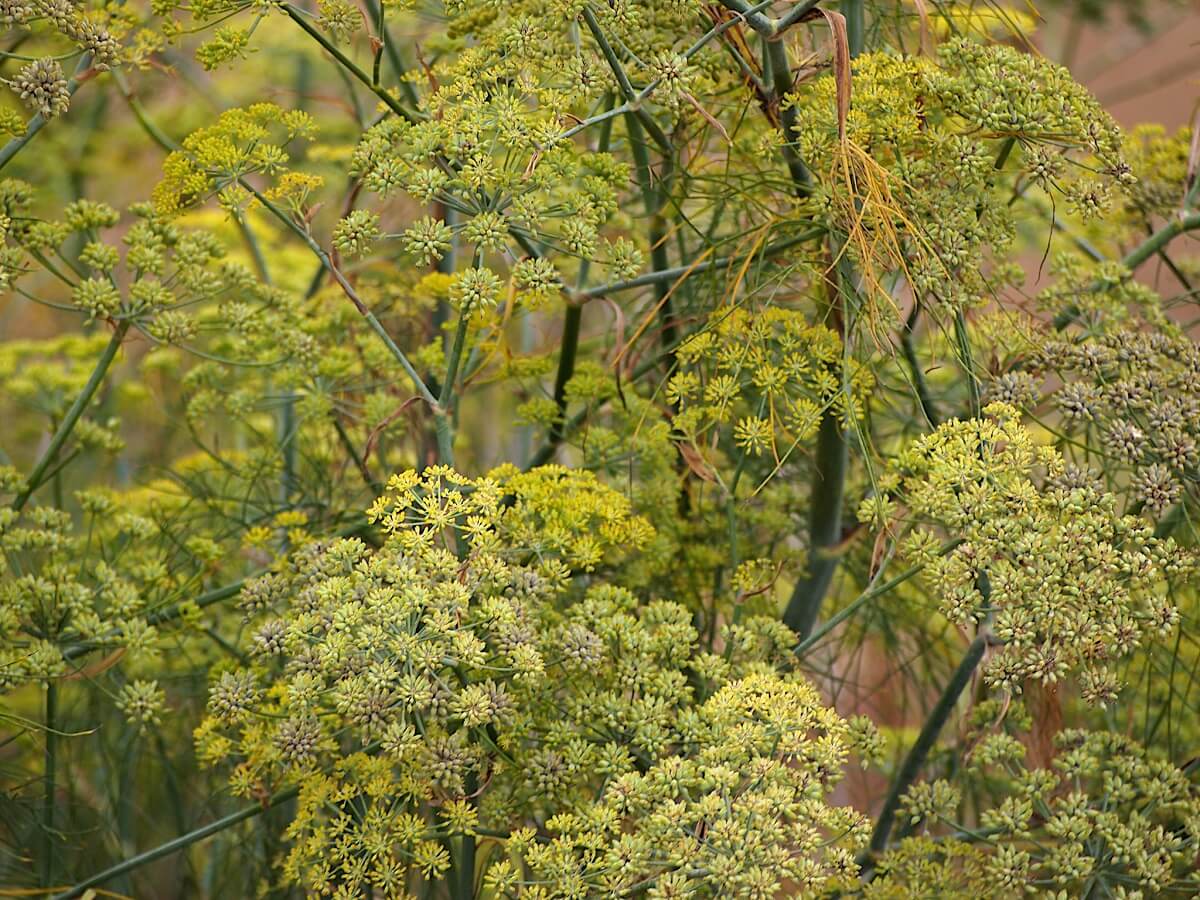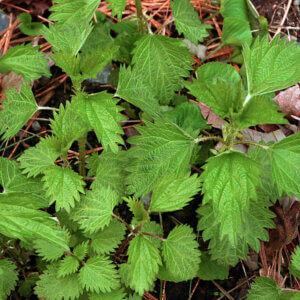Brooke Medlin is an Ohio horticulturist with experience growing both edible and ornamental plants.
She really likes anise and is a fan of the plant’s medicinal and culinary benefits. She also loves its decorative value in the garden. “The plants grow to about 2 feet tall with graceful white umbels and fern-like leaves. I have grown it in the past and am growing it again this year — it’s a great plant!”
What is Anise?
Anise (Pimpinella anisum) or aniseed is a flowering plant in the Apiaceae (parsley) family known for its distinctive licorice flavor.
It is a common ingredient in cooking and natural medicines. Crushing the seeds releases its oils and licorice scent, making it a favorite fragrance in soaps, creams, and perfumes.
How to Plant Anise
“Anise is happiest in a sandy loam that is moderately rich in nutrients but will grow in most well-worked soils that are not clay heavy,” says Medlin. She notes that since it is an annual that requires a long season to set seed (around 100 days), it is optimal to direct seed anise in full sun as soon as possible after the last frost date.
Related Post: How to Start Transplants
She suggests planting the seeds no more than a one-half inch deep and 6 inches apart with two seeds per hole. The seeds will usually germinate within 7 to 14 days at 70 degrees Fahrenheit.

It’s important to keep the soil moist until the seeds germinate. Monitor the plants as they start to get established and water them regularly to make sure they do not get waterlogged. “Allow the soil to dry completely between waterings.”
Tip: While many seeds remain viable for years if stored properly, anise seeds deteriorate after two years. Be sure your seed is fresh.
How to Harvest Anise
Medlin suggests that you begin harvesting anise seeds when the tips turn gray. You can then store the seeds in a glass spice jar or another type of airtight container.
Tip: Collect anise seeds by hanging the seed heads on their stems upside down inside a paper bag. Secure the paper bag around the stems and the bag will catch the seeds.
The Medicinal Benefits
“Anise is often used in herbal remedies (both for its medicinal value and its ability to mask unpleasant flavors) as it is safe for adults, children, and babies when given in the appropriate dose,” says Rachel Miller, chief herbalist and co-founder of Zhi Herbals.
Noting that anise seed is a potent carminative herb, Miller says it can be taken after meals to relieve gas and bloating. Occasionally, small amounts of anise tea may be used to ease colic in infants.

Miller also notes that the terpenes found in anise seed act as a powerful expectorant. It’s an antibacterial and mild muscle relaxing properties make it great to clear excess mucus and reduce coughing during a cold. “It is especially suited for hard and dry coughs,” she says.
Related Post: Herb Gardening 101
Note: When heated, anise releases compounds that may provide a mild stimulant effect for some people.
How to Use Anise in Cooking
Anise is an essential ingredient in dishes and recipes the world over, and it imparts a distinctly sweet, black licorice-like flavor to food. While the stems, leaves, flowers, and seeds are all edible, the seeds are the most widely used. You can also use the leaves in teas.
In Baked Goods
Anise, primarily in the form of anise seed, is best known for imparting a licorice flavor to baked goods.
- It is an essential ingredient in a wide array of traditional baked goods from Easter Bread to Crescent Christmas Cookies.
- It’s a classic component of mildly sweet baked goods like Toasted Anise-Seed Cake Slices and Tozzetti (anise, almond, and hazelnut Biscotti).
- Adding it to traditional baked goods can put a fresh spin on an old recipe, such as in this Pumpkin Tart with Anise-Seed Crust.
- If you’re in the mood for something savory, Anise Seed Flatbreads may hit the spot.
To Spice up a Rub or Marinade
Anise can add a burst of flavor to marinades and rubs. An anise seed rub or brine is perfect for grilled pork.
To Spice up Your Cocktails or Mocktails
For a start, anise is used to flavor liquors from around the world, and making homemade spirits is a common use.
Related Post: How to Make Dandelion Wine
- Although most commercial producers in Italy strenuously guard their recipe for sambuca, you can try this homemade sambuca recipe for a close approximation.
- Anisette is a clear, sweet licorice-flavored liqueur. This homemade anisette recipe uses brandy as a base.
- If you’re feeling adventurous, use this recipe to make homemade amaro, a bittersweet Italian digestif.
In “The Drinker’s Guide to Growing Windowsill Herbs,” Kate Silver considers homegrown anise an essential herb for upgrading your cocktails. “With a pronounced licorice flavor, anise hyssop, which is in the mint family, imparts an absinthe-like taste to a drink.”
- Try it fresh with bourbon and muddled summer peaches.
- Try it in place of mint in this mint julep twist, a Wild Ruffian.
- Simple syrup infused with anise seed and cardamom adds depth and sweetness to a Spice Trade — a genever and persimmon cocktail.
Curious if you can …
- Use anise seed in place of star anise? The answer is yes, although star anise possesses a richer, sharper flavor.
- Substitute anise seed for fennel seed? Many people use them interchangeably. Fennel seeds are larger and coarser in texture with a woodier flavor. Anise seeds are smaller with a slightly sweeter, more delicate fragrance.










































Leave a Reply